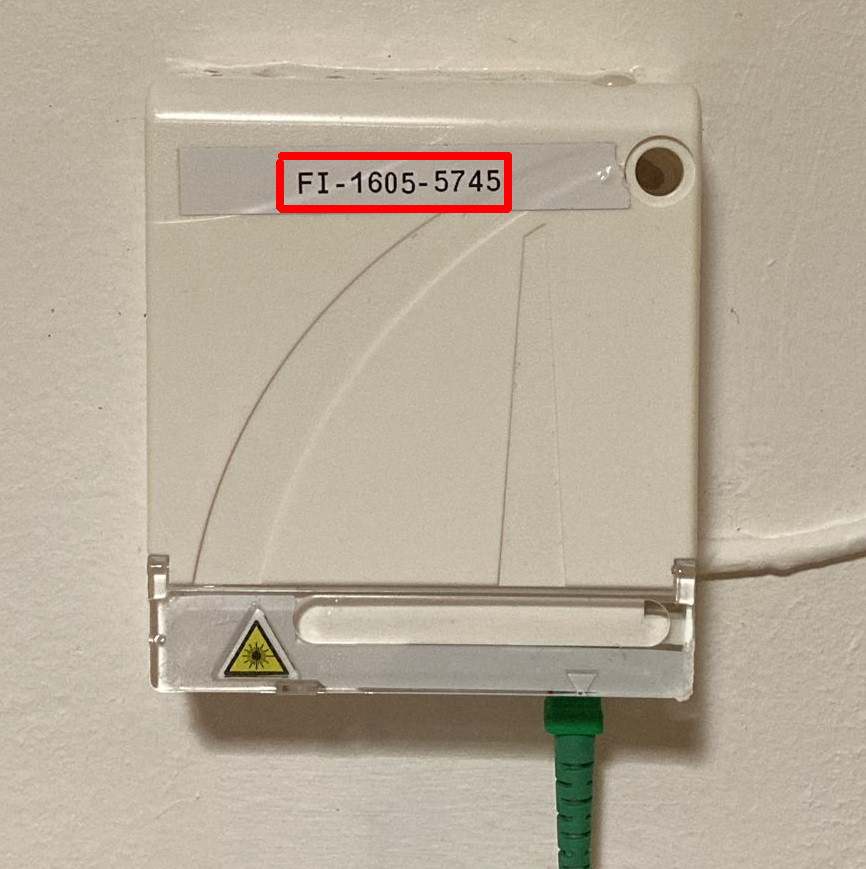The optical connection point (OCP) identifier is used to identify an optical fibre network socket in operators’ information systems. The infrastructure operator assigns this unique and permanent identifier to each socket in its network when installing the connection to a customer premises, for the maiden subscription to the fibre line, as stipulated in the Arcep texts[1].
Joint commitment from operators Bouygues Telecom, Free, Orange and SFR
France’s four national operators made a joint commitment[2] to display their fibre-to-the-home (FttH) customers’ optical connection point identifier:
- in customers’ online account space starting on 1 July 2023,
- and on their bills starting on 31 December 2023.
This identifier is an essential building block in infrastructure and commercial operators’ information and inter-operator communication systems: it creates the ability to identify each optical line, in particular for processing FttH subscriptions on these lines.
Progress for subscribers, making the process of subscribing to an existing fibre line easier and more reliable
Other networks such as electricity and natural gas supply networks also use a unique ID number to identify the supply point. This number enables a consumer who is moving in to a premises that had previously been connected to the grid to be identified with certainty by their electricity or gas supplier, and so to have their services activated rapidly. This number can be found on customers’ electricity or gas bill, and in their online customer account space.
The same system will be used for FttH.
For customers, having the optical connection point (OCP) identifier included on their bills and in their online account space will mean easy access at any time to the ID number of their home’s fibre socket. This identifier will simplify the process of moving or switching operators. And ensures more reliable order processing.

What is the purpose of the OCP?
The optical connection point (OCP) is a small, white, wall-mounted box similar to the one pictured below, measuring around 8cm by 8cm. This is the “outlet” for connecting your fibre box to the fibre network. It is installed by a technician when the premises is first connected to the FttH network.
The OCP identifier is typically found on a label on the socket, and is the line’s unique and permanent ID. The format may vary, e.g. ZM-1234-1234. On the above photo, the OCP identifier is circled in red.
The purpose of this identifier is to ensure the reliability of a fibre subscription on an existing socket: it makes it possible to properly identify the subscriber premises when switching operators or subscribing to an FttH plan after moving into a residence that is already equipped.
[1] Arcep Recommendation on FttH line identification of 25 April 2013 and Arcep Decision No. 2015-0776
[2] In the situation where a national commercial operator becomes aware that a deadline has not been met, it commits to informing the three other national commercial operators, as well as Arcep, as soon as possible, to set a new deadline together.
